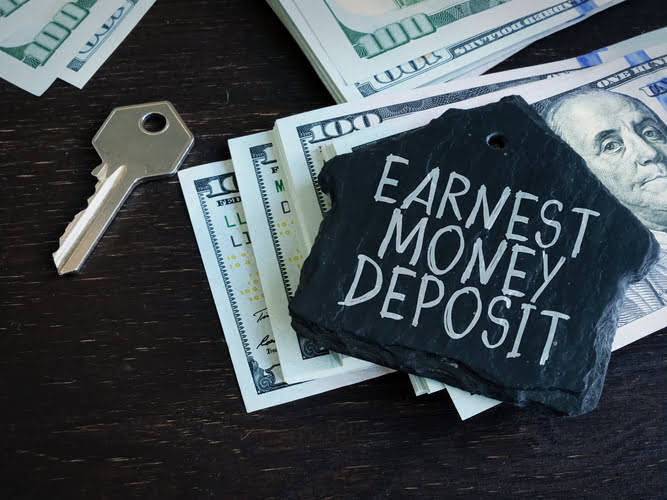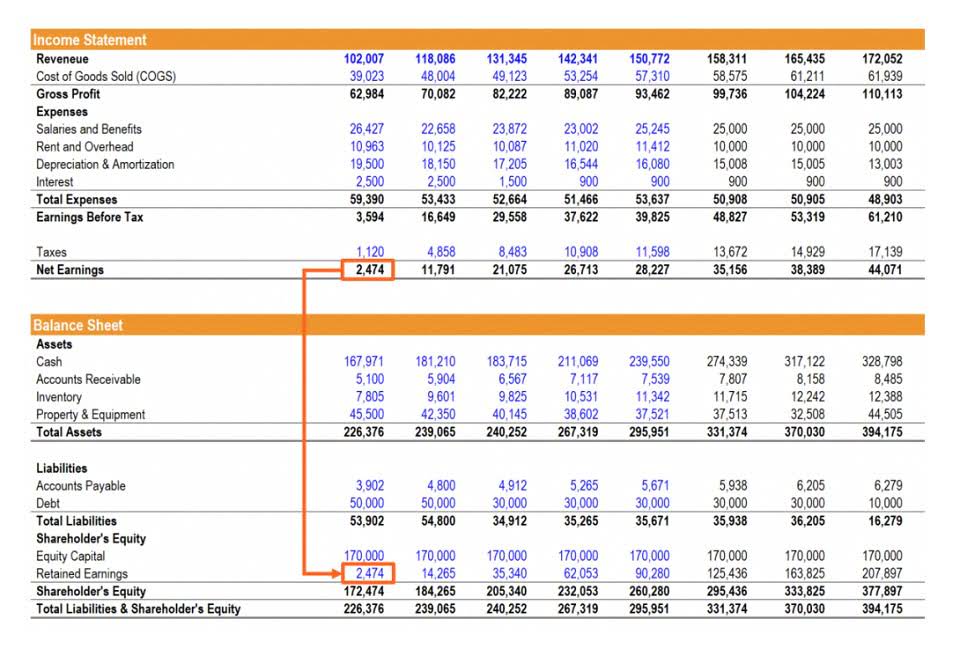Declining Balance Method of Assets Depreciation Pros & Cons

By the end of this guide, you’ll be equipped to make informed decisions about asset depreciation for your business. Double declining balance depreciation is an accelerated depreciation method that charges twice the rate of straight-line deprecation on the asset’s carrying value at the start of each accounting period. Double declining balance depreciation allows for higher depreciation expenses in early years and lower expenses as an asset nears the end of its life. Calculating the annual depreciation expense under DDB involves a few steps. First, determine the asset’s initial cost, its estimated salvage value at the end of its useful life, and its useful life span.
Pros of the Double Declining Balance Method
- Accountingo.org aims to provide the best accounting and finance education for students, professionals, teachers, and business owners.
- Suppose an asset has original cost $70,000, salvage value $10,000, and is expected to produce 6,000 units.
- The information provided on this website does not, and is not intended to, constitute legal, tax or accounting advice or recommendations.
- It is advisable to consult with a professional accountant to ensure that depreciation is accurately recorded in compliance with accounting standards and regulations.
- Under the DDB depreciation method, the equipment loses $80,000 in value during its first year of use, $48,000 in the second and so on until it reaches its salvage price of $25,000 in year five.
- Taxes are incredibly complex, so we may not have been able to answer your question in the article.
The carrying value of an asset decreases more quickly in its earlier years under the straight line depreciation compared to the double-declining method. To calculate the double-declining depreciation expense for Sara, we first need to figure out the depreciation rate. Depreciation stops when book value is equal to the scrap value of the asset. In the end, the sum of accumulated depreciation and scrap value equals the original cost. The table below illustrates the units-of-production depreciation schedule of the asset. Under the declining balance method, depreciation is charged on the book value of the asset and the amount of depreciation decreases every year.

How do I record depreciation using the Double Declining Balance Method in my financial statements?
By contrast, the opposite is true when applying the straight-line method, the unit-of-production method, and the sum-of-the-years-digits method. Insights on business strategy and culture, right to your inbox.Part of the business.com network. Get instant access to video lessons taught by experienced investment bankers.
- For example, companies may use DDB for their fleet of vehicles or for high-tech manufacturing equipment, reflecting the rapid loss of value in these assets.
- In particular, companies that are publicly traded understand that investors in the market could perceive lower profitability negatively.
- It involves more complex calculations but is more accurate than the Double Declining Balance Method in representing an asset’s wear and tear pattern.
- In case of any confusion, you can refer to the step by step explanation of the process below.
- Nevertheless, businesses should carefully evaluate their specific circumstances and asset types when choosing a depreciation method to ensure that it aligns with their financial objectives and regulatory requirements.
- Businesses depreciate long-term assets for both accounting and tax purposes.
Streamlining eCommerce Accounting Workflows on macOS

In contrast to straight-line depreciation, DDB depreciation is highest in the first year and then decreases over subsequent years. This makes it ideal for assets that typically lose the most value during the first years of ownership. Unlike other depreciation methods, it’s not too challenging to implement.
- The balance of the book value is eventually reduced to the asset’s salvage value after the last depreciation period.
- Unlike other depreciation methods, it’s not too challenging to implement.
- It is particularly suitable for assets whose usage varies significantly from year to year.
- The assets must be similar in nature and have approximately the same useful lives.
- The book value of $64,000 multiplied by 20% is $12,800 of depreciation expense for Year 3.
How to calculate Depreciation
For instance, if a car costs $30,000 and is expected to last for five years, the DDB method would allow the company to claim a larger depreciation expense in the first couple of years. This not only provides a better match of expense to the car’s usage double declining balance method but also offers potential tax benefits by reducing taxable income more significantly in those initial years. To calculate composite depreciation rate, divide depreciation per year by total historical cost. To calculate depreciation expense, multiply the result by the same total historical cost. As an alternative to systematic allocation schemes, several declining balance methods for calculating depreciation expenses have been developed.
What Is the Double Declining Balance Depreciation Method?
This means that compared to the straight-line method, the depreciation expense will be faster in the early years of the asset’s life but slower in the later years. However, the total amount of depreciation expense during the life of the assets will be the same. Companies are also required to disclose their depreciation methods and estimates in the notes to Online Accounting financial statements. This transparency helps stakeholders understand the rationale behind the chosen method and its financial impact.

Step three
In the last https://www.bookstime.com/articles/minimum-wages year of an asset’s useful life, we make the asset’s net book value equal to its salvage or residual value. This is to ensure that we do not depreciate an asset below the amount we can recover by selling it. We can incorporate this adjustment using the time factor, which is the number of months the asset is available in an accounting period divided by 12.
